Textile Recycling
June 14, 2023
Listen to my voiceover here.
You know when you get halfway done with something and you want to give up? You think you’re not adding value, or just restating something that someone else has said better? Well, that’s me and this newsletter. I tackled the topic of textile recyling because a bunch of people on LinkedIn answered my survey asking what they wanted to learn more about, so I dug this hole for myself. But I’m not here to judge my output (even though I do!), I’m just trying to add some value and help push us into a more circular world. So, here goes:
Textile recycling is hands-down the most complex topic I’ve tried to address, and while I may know some, there is a whole lot I don’t know. My goal here is to give a high-level overview of this complex and quickly evolving topic for the benefit of someone working for a company who makes a textile product and wants to learn more.
First, a few term definitions:
recycling: the process of converting waste into commercially reusable raw materials. (link to Hey Fashion report)
downcycling: to recycle in such a way that the resulting product is of a lower value than the original (e.g., shredding clothing into insulation). (link)
mechanical recycling: this is the process of recycling the textile fabric back into fibers using physical processes. This process includes shredding and carding to extract the fibers from the fabric. This fiber can then be spun to make yarn for either woven or knitted fabric. (link)
chemical/advanced recycling: chemical (or ‘advanced’) textile recycling adopts a series of processes to dissolve the fiber from fabric into solvent form. The output products are most often the same in quality as their virgin counterparts, with no loss in physical properties through the recycling process. (link)
Material Selection: Virgin + Recycled
Companies that make textile-products (clothing, towels, carpets, etc) have to choose what materials to use (cotton, cashmere, polyester, etc). The vast majority of all textile-products are made out of virgin materials, BUT there is a growing opportunity to source recycled materials. There are a few companies who already use recycled polyester (which is usually made from plastic bottles), recycled wool (a process practiced in Italy since the 1800’s) and recycled cotton, and we are starting to see more and more.
Here’s a t-shirt from Patagonia that is made of a blend of 100% recycled materials. I like how they tell their customer about it, “By utilizing fabric scraps and recycled bottles, this tee made with 100% recycled fabric reduces our reliance on virgin materials.”
This recycled wool vest from Pangaia is 75% recycled wool and 25% Lyocell. (Also, very cool note: they treat it with peppermint oil to keep it ‘fresher for longer’. Love that.)
So, the options do exist, but right now they are limited and mostly used by sustainability-focused brands.
Current State of Waste
Big picture, we know that textile waste is a huge problem in the world and the United States— and therefore a huge opportunity. We could think of it as a resource instead of waste. Here are some key stats:
Around 85% of all textiles thrown away in the US – roughly 13 million tonnes in 2017 – are either dumped into landfill or burned. The average American has been estimated to throw away around 37kg of clothes every year. (link)
85% of all textiles thrown away in the US are landfilled or burned. That’s what I took away from that article. How can we stop throwing away our textiles and instead recycle them to create the feedstock for new textiles?
Here are a few words from the opening page in the awesome and newly released textile-to-textile recycling playbook from Accelerating Circularity:
While textiles are an essential part of daily lives across the globe – the towels we press our faces into after a shower, the colorful top that makes us feel playful at work, the blankets we curl under for coziness on cool nights, and the trusty jeans that have been with us through it all – their disposal has been piling up in landfills and contributing to unwanted environmental impacts. It will take the collaboration of the entire textile community to catalyze meaningful change in the industry. -Karla Madruger, founder of Accelerating Circularity
Quick Logistics + Sortation Overview
One super-important player in all of this is the collector + sorter. They receive and process the 15% of discarded textiles that aren’t being landfilled or incinerated.
Marisa Adler, Senior Consultant at Resource Recycling Systems, and textile recycling expert explains, “95% of what we’re recovering now has an existing market that will pay for it: 45% for domestic and international reuse (usually resale, a whole other topic), 30% for wiping cloths (which need to be cotton-rich textiles), and 20% for insulation and stuffing.” All three of those options currently pay the textile processors enough to make a profit, so if we are going to develop textile recycling at scale, we will have to work with these processors to make a viable business case. They will need to update their infrastructure and leverage new sorting technology like SORTILE to sort by fiber content and composition. (This would be an excellent place to inject some government funding, which I’m sure someone is already working on! If you know who, please let me know.)
Near-Future Opportunity
The opportunity with textile-to-textile recycling is to create recycled textiles for our industry so we can use them instead of virgin materials. This would allow the fashion + textile industry to greatly reduce it’s negative environmental impacts and change its highly extractive behavior.
The two ways to recycle textiles are mechanical and chemical/advanced. Mechanical recycling is a physical process of breaking product down, like shredding. Mechanical recycling has been around for a very long time and can be applied to cotton, wool, silk, linen and cashmere, although it breaks or shortens the fibers, so it has its limits. Chemical/advanced recycling breaks the textiles down without damaging the fiber and can hypothetically be done over and over to the same fibers. Chemical/advanced recycling is where the innovation and technology is improving rapidly, and the scale potential is huge. (Remember that 85% going to landfill? That’s the size of the opportunity.) There are many startups focused on chemical/advanced recycling including Renewcell, Circ, Ambercycle, Eeden, and Evrnu, and there are additional vendors like CirTex working to adapt to the upstream processes needed (like de-trimming textiles to prepare them for recycling) . Right now the focuses are on cotton, polyester and polyester-cotton blends, but I’m hearing about new companies focused on additional materials. When there are this many companies entering into the same space, there’s a big prize to be won!
For a sign of good things to come, here is Circ’s collaboration with Zara that uses chemically recycled poly and lyocell, coming from poly-cotton textile blends.
Marisa says she is cautiously optimistic about textile-to-textile recycling. Here are the current key challenges and wins according to her:
Challenges:
We don’t know how much textile waste out there is suitable for fiber-to-fiber recycling- it’s going to take a lot of research and data compilation.
The textile feedstock is not readily available. Most of our textiles are going to landfill, so we have to intercept, collect, aggregate, sort textiles into the right commodity bales and pre-process everything by removing trims like zippers and buttons. All of that costs money and there’s hardly any infrastructure now that does that.
The existing fiber-to-fiber processes don’t pay for themselves yet.
There’s a lot of misperception, for example that the waste is ‘free’. In reality, it still costs money to get items to a recycler.
If 95% of what we’re recovering now has a market, it will be a challenge to change the status quo to move the preference (and profit) to recycling.
Wins:
Investors are actually investing in these technologies. They are willing to put up the funds and see if the businesses can be successful.
Brands are interested in finding solutions, and some of them are willing to test out sourcing recycled content.
The textile industry is coming together and talking about all of this.
Policymakers are starting to pay attention; there seems to be some good buzz around supportive policy to help shift market dynamics.
So, if I was reading this and I worked for a company who made textile-based-products, I would start asking my materials team where we are with using recycled (and recyclable) materials. I would also keep an ear out for news on the increasing availability of new technologies.
I would certainly talk with my team about the importance of bringing our customer on this journey with us by creating a take-back program for them to give our clothes back to us when they’re done with them. It is up to us to figure out what to do with the clothes we made in the first place. Many resale, reuse and recycling vendors will partner with brands to identify the right recycling partners, so you don’t have to go it alone!
I’m here and happy to help,
Cynthia
PS. Special shout out to the textile-to-textile recycling playbook recently published by Accelerating Circularity. I am deeply grateful that their in-depth research and long-term work was shared in this open-source platform for everyone to benefit from, and I’m assuming the financial support of the Walmart Foundation made that all the more possible. There are incredible people and organizations working on making the fashion circular economy a reality, and in most cases deep pockets are required in order to get there. (I would gleefully help any and every brand become circular if a foundation wants to fund my time! Seriously.) It’s also worth noting that sometimes the fast-fashion producers who create unimaginable volumes of textile products every year (like Walmart and H&M) ARE the companies willing to make real, deep-pocketed investments in circularity (like Walmart and H&M). As all of my wisest advisors have told me, the biggest players have to be part of the solution.




